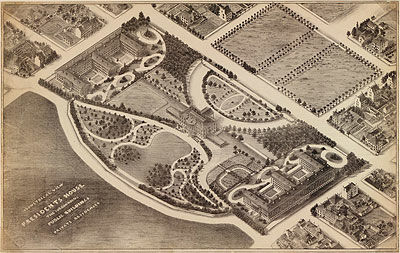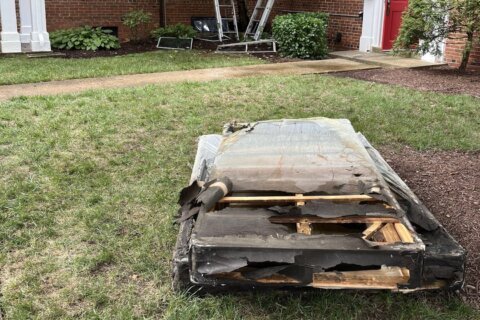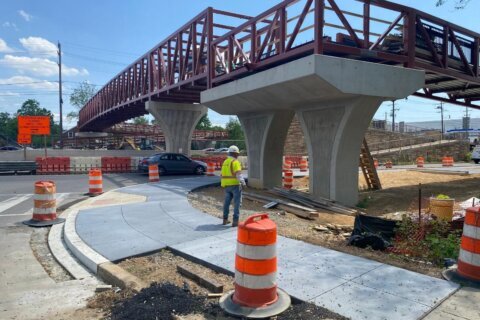There’s a lot more to know about the history of the LGBTQ community in D.C., and it’s something that hasn’t been given a lot of attention — until now.
Over the past couple of years, the D.C. Planning Department’s Historic Preservation Office crafted a context study, taking a closer look at the social, cultural and physical history of the LGBTQ community from the 19th century until 2000.
The project was funded by the National Park Service, through a grant for underrepresented communities.
Properties associated with women, minority ethnic groups and the LGBTQ community were found to be a minuscule number of the broader number of historic sites registered across the nation.
The grant funding was created as a way to encourage states, municipalities and local
organizations to evaluate these underrepresented communities, understand their histories and work toward nominating properties to the National Register of Historic Places.
Some D.C. sites are ones people may already know for other reasons — like Lafayette Square, in front of the White House.
“One of the lesser known aspects of the history of Lafayette Square is in the late 19th and into the mid 20th century it was actually a prominent cruising ground for the gay community,” said Deputy Preservation Officer Steve Callcott.

”It was where LGBTQ, particularly men, met in an era where there were fewer official establishments, bars, restaurants and those sorts of things. An open space like this, a park, was a prime meeting space for the LGBTQ community.”
There are also new properties, such as the Slowe Burrill House in Brookland.
“Lucy Diggs Slowe and her partner (Mary Burrill) were both professors at Howard University in social studies, history and physical education. They were also a well-known female couple that lived together for many years in this house and hosted salons. It was a well-known community gathering spot, particularly for female students and female professors at Howard,” Callcott
said.
After learning the significance of their home through the study, the current owners of the Slowe Burrill House started working with the D.C. Office of Planning to nominate the property to the National Register of Historic Places. The landmark application is scheduled to be heard by the Historic Preservation Review Board in the next few months.
Annie’s Paramount Steak House on 17th Street in the Dupont Circle neighborhood has also “been a gathering spot for the gay male community since the 1950s,” added Callcott.
“Dupont Circle became well known as a gay neighborhood in the 70s and 80s, but Annie’s predates that, and was an early gathering spot that’s been around for more than 50 years now.”
In working on the context study, Callcott said one of the interesting things he noticed is how transient these spaces are, and how few physical remnants there are that meet the designation criteria.
“A lot of the social spaces where people gathered were very fleeting. It might have been a place, a bar or restaurant that was only open for 10 or 12 years and has since been demolished for redevelopment purposes. That’s one of the interesting things about it. How fleeting the spaces are,” he said.
Later this week the Office of Planning will release a review copy of the context study, detailing dozens of locations significant to the LGBTQ community on it’s website. The study is still awaiting final review from the National Park Service.








